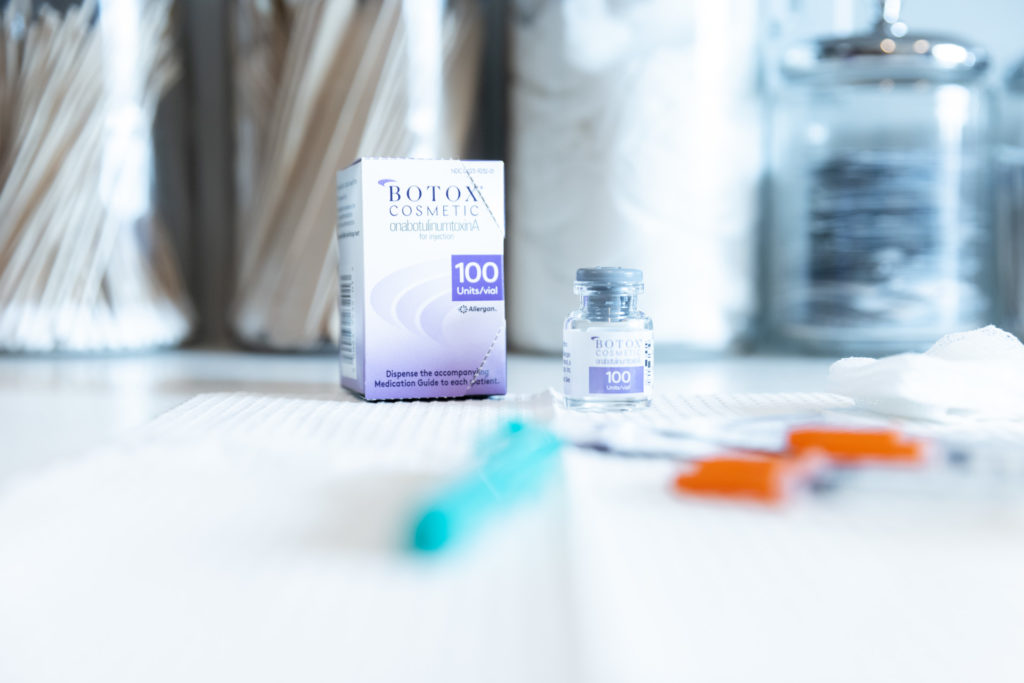
Over the past two decades facial rejuvenation has made a large paradigm shift. As facial plastic surgeons, we used to do two things to the face: peels or dermabrasion for skin color and texture, and facelifts to surgically lift sagging faces.
Now we do more commonplace things: Fill theFace.
Enter Botox: Botox® has been used for cosmetic purposes since the early 1990’s and was first published in medical literature in 1992. I don’t feel I need to go into much more detail here since Botox® has been significantly covered by the lay media and in advertising. Check out my site link for more info: http://www.mdface.com/blog/botox/.
The other area of facial rejuvenation that is rapidly growing, both literally and figuratively, is facial fillers. Looking back to the early 90’s, we had very few choices for facial fillers. Other than a few fillers that came and went, all we had was Collagen. Collagen was an excellent product to treat facial lines. The addition of Zyplast, a thicker version of the original Zyderm type Collagen, allowed us to go a little deeper and treat some facial folds. Some docs even started injecting Collagen into lips (beautiful lips are another story for another time/blog). The biggest drawback of Collagen treatment was that it didn’t last very long, plus you had to come in for a test one month prior to make sure you weren’t allergic.
Around the same time that Botox® was first being used for wrinkles, my friend Dr. Sydney Coleman was modifying the once little-known technique of fat transplantation to create what is considered to be one of the most dynamic contributions to cosmetic surgery for that entire decade.
Despite controversy over the longevity of fat transplantation, Dr. Coleman expounded upon the concept of facial deflation with aging. Few surgeons ever considered this third dimension of facial aging: that we lose facial volume as we age. From the first time I saw Dr. Coleman lecture on facial fat transplantation, it became evident that facial volume loss is significant in many of our patients.
However, performing fat transplantation correctly to get longevity is akin to a surgical procedure and may be accompanied by significant post-treatment swelling. As I started to perform fat transplantation, I realized that the evaluation of facial volume is necessary in all patients.
With the new Millennium, so came new fillers to the market. With so many available fillers we have long lasting products that can be taken out of a box instead of surgically removed. The process of facial volume restoration is now much simpler. We can treat facial lines, wrinkles, folds and even restore significant volume loss without a surgical procedure.
So, which filler to choose? Firstly, are we treating lines, folds, crevasses or volume? Treatment differs for each. The more superficial the wrinkle, the thinner the filler required. Longer lasting (thicker) fillers often leave lumps. The filler needs to fit the treatment; here are my current choices for facial fillers.
- Superficial etched or “stiletto” cut lines. These can be along the corners of the mouth, smile lines around the mouth (naso-labial folds) and around the eyes: Cosmoderm, Restylane Fine Lines (not FDA approved so I don’t carry this yet), and Juvederm
- Facial folds, naso-labial folds and marionette lines below the corners of the mouth: Juvederm, Restylane
- Crevasses (deep folds), same as facial folds only deeper: Juvederm Ultra, Perlane (thicker version of Restylane), Radiesse
- Facial Volume Enhancement, cheeks, hollowing below the cheekbones, jawline, temples and under the eyebrows: Juvederm Ultra, Perlane, Radiesse, Sculptra, fat grafting
When deciding which filler to choose, an easy guide is: the longer a filler lasts, the higher the price, the longer the healing time and potential side effects.
I purposefully left out the latest filler to be approved, Artefill. I choose not to use Artefill at present. Its predecessor, Artecoll was available in Europe and Canada in the past. Some patients developed granulomas (small lumps under the skin) up to three or four years following treatment. The manufacturer claims that the cause has been eliminated.
Since there are so many reliable options already available, I prefer to wait a few years to make sure Artefill is completely safe before using on my patients. If you are being offered this by a surgeon I advise you to research further before consenting to Artefill injections. Remember, all aging still cannot be fixed with injections.
We can relax and fill the face but none of these (nor any existing laser) can really re-suspend sagging facial tissue like surgery. Beware when you are told about a “non-surgical” facelift. A true non-surgical facelift does not exist; it is fancy marketing speak for in-office quick fix procedures that are, in essence, nothing like a facelift in technique or result. Needle injections, lasers and peels can make faces look much younger but they will not lift the face. So, which facelift, short flap, deep-plane, SMAS lift or lifestyle lift is right for you? I will address this in a future blog.
For those of you who had the kindness and interest to read to the bottom, what’s filling up my life are my new twin girls born October 2, 2007. Certainly not a relaxing undertaking to be sure, but the ultimate definition of “true beauty” as far as I can see.




